Science denial is still an issue ahead of COP28
Real Climate
NOVEMBER 29, 2023
In an unchanging climate, the random fluctuations would lead to warming in some parts of the world and cooling in others. In a world with just random local fluctuations but no climate change, about half the weather stations would show a (more or less significant) warming, the other half a cooling. It’s not hard to understand.


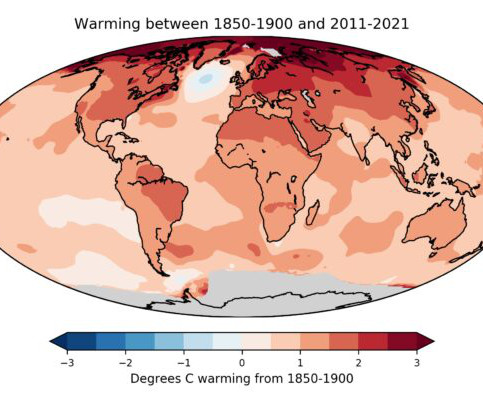
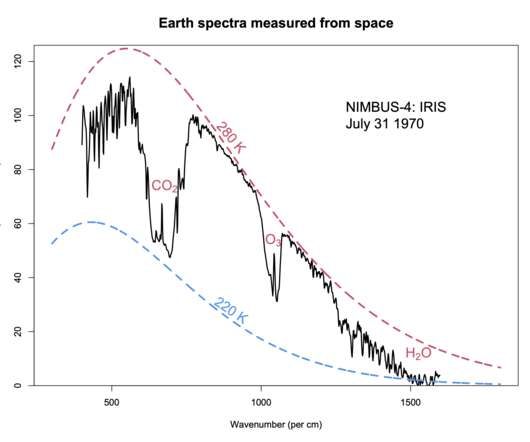
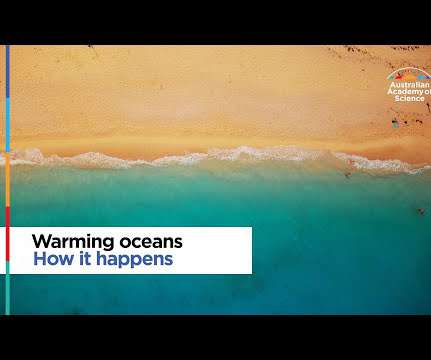

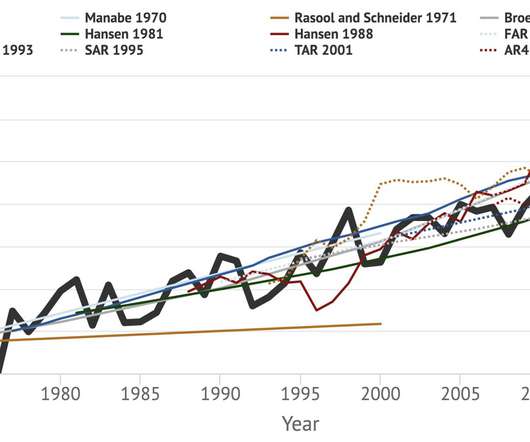
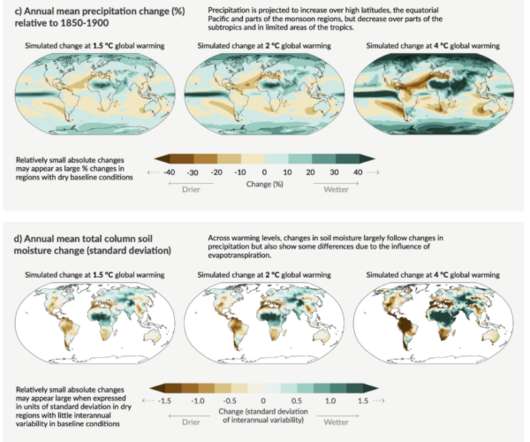
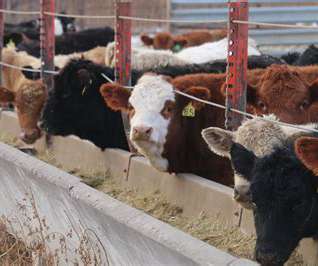








Let's personalize your content